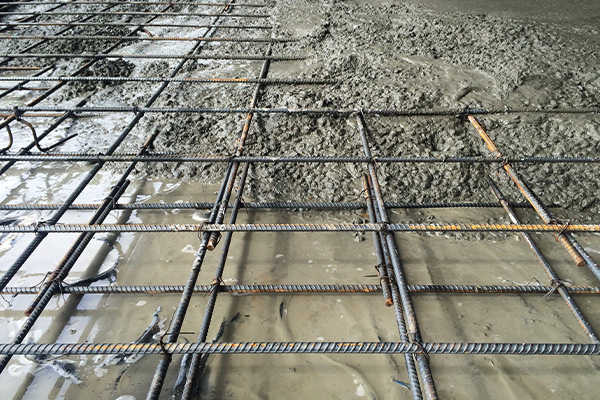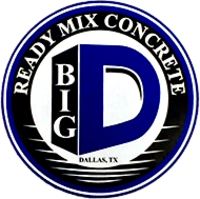What Does Concrete Curing Consist Of?
The Importance of Concrete Curing
As you’d imagine, accomplishing a specified concrete strength is rather important. Concrete makes up our walkways, roadways, parking garages, buildings, etc. If concrete is poured and not properly cured, it will crack and weaken over time. Ultimately, when safety is at stake, concrete curing should be carried out properly.
What Does it Mean to Cure Concrete?
Curing is essentially the process of controlling moisture loss once the concrete is placed and finished. If concrete dries too quickly, it will not reach its optimal strength. Depending on the size of the concrete being placed, curing can take a week or it can take five months. That’s a week or five months’ worth of ensuring the concrete stays moist.
Concrete Curing Factors
Of course, concrete’s immediate surroundings have to be controlled. Temperature, relative humidity and wind will certainly affect the moistness of concrete.
Temperatures do fluctuate. In certain areas of the country or during certain times throughout the year, it could be hot at one point in the day and cold at another. Concrete is not typically watched with 24-hour surveillance; therefore, specific remedies need to be carried out before leaving the concrete unattended for part of the day.
Generally speaking, concrete is cured when temperatures are guaranteed to stay over 50° F. This isn’t much of a problem in Dallas, TX; however, temperatures exceeding 85° F are not exactly ideal either. Frankly, there is a reason you see the majority of construction being done in the spring and fall months in Texas.
How to Ease Concrete Curing
During curing, the concrete will often be covered to protect it from wind impact. Wind can, of course, escalate the evaporation process. Workers will make use of polyethylene sheeting or insulating blankets. The sheeting/blankets are kept thin, as they are not intended to increase surrounding temperatures.
Ponding is a technique that has become more and more common in assuring the curing process. In ponding, the concrete must first be surrounded by some sort of sturdy, but temporary, walling. Water will then be poured within the walls and on top of the concrete. A pond, or a pool, of water will be intact to keep it hydrated. Water will evaporate on its own, but as long as about a foot of water is poured, the concrete should remain hydrated by its lonesome for at least 24 hours. Once the pond subsides, this process can be repeated.
Curing can also be aided by curing compounds. Curing compounds may be sold at your local home improvement store. If you can’t find them there then try contacting a ready-mix concrete company. Basically, a curing compound creates a seal over the concrete, keeping moisture in and external factors out. It very much simplifies the curing process.
We hope this overview has taught you a thing or two about concrete curing. Remember, all concrete needs to be poured by professionals. As you hopefully learned by reading the above, concrete pouring is an exact process, and if anything goes wrong in its development, it can be compromised.
For your concrete needs, contact Big D Ready Mix Concrete. Please visit our website—www.bigdreadymix.com—to learn about our services and our blog to learn more about handling and protecting concrete.
Call Big D Ready Mix at (972) 737-7976 for your concrete needs!
Looking for the best ready mix concrete supplier in Dallas, TX?
Big D Ready Mix Concrete offers you high-quality concrete products and excellent service!
Sister Companies


Our Certifications

Small Business Enterprise
Women Business Enterprise
Disadvantaged Business Enterprise
About Us
Big D Ready Mix Concrete has been serving clients in the Dallas, TX area since 2002, with over 400 utility mixes, high-strength wall mixes, exposed aggregate mixes, flexural strength mixes, stamp concrete mixes, flowable fill mixes, grout mixes, and trailer pump mixes.
Contact Information
10361 Bickham Rd
Dallas, TX 75220
(972) 737-7976
Email Us
Monday-Saturday 5am to 6pm
Dispatch Hours: Project Dependent